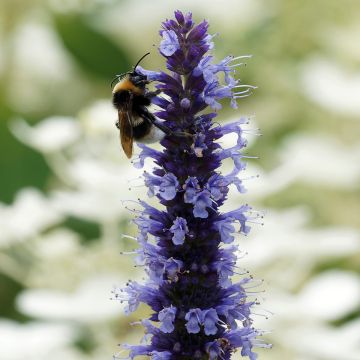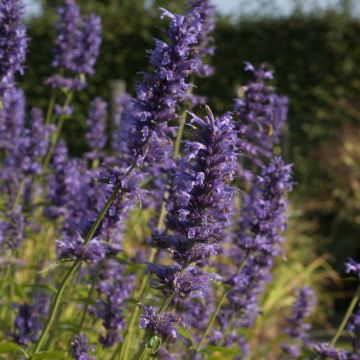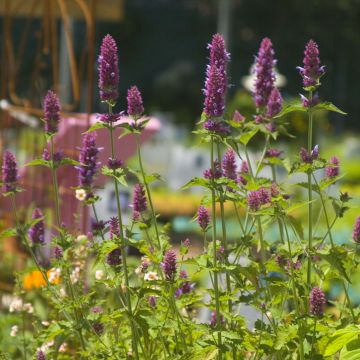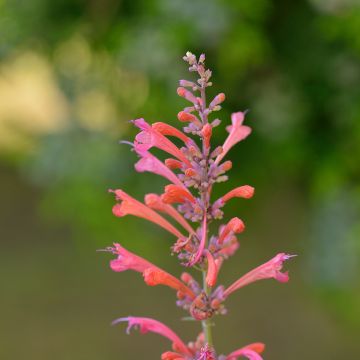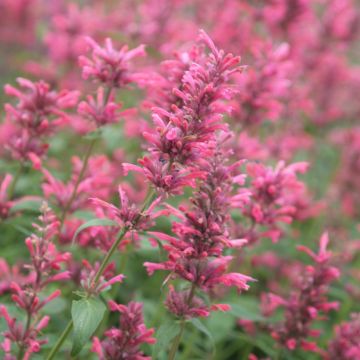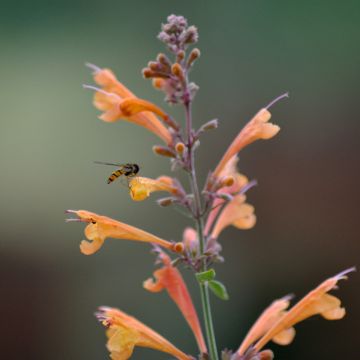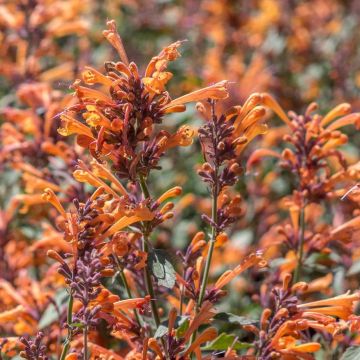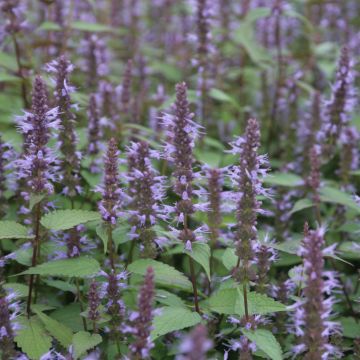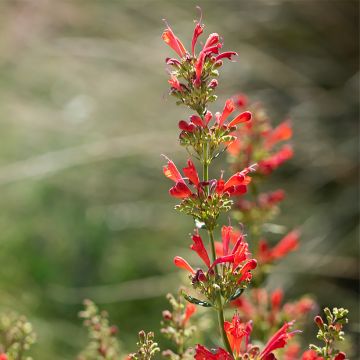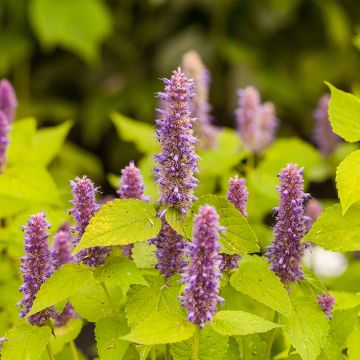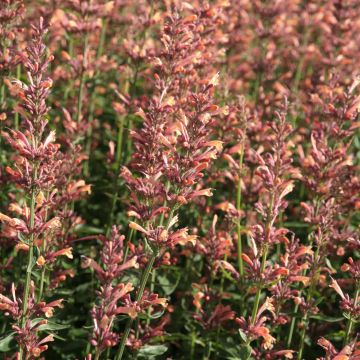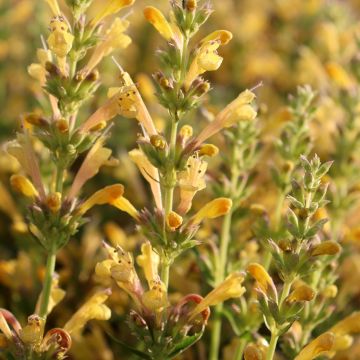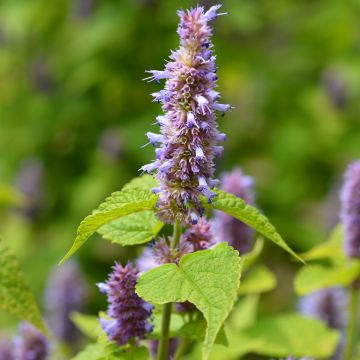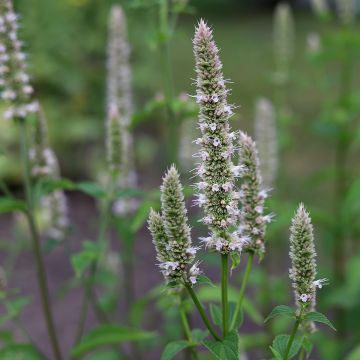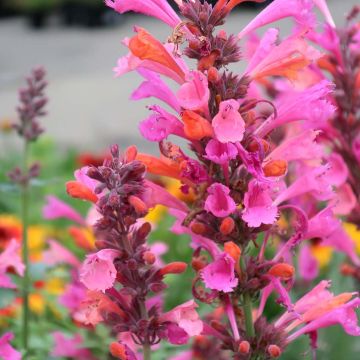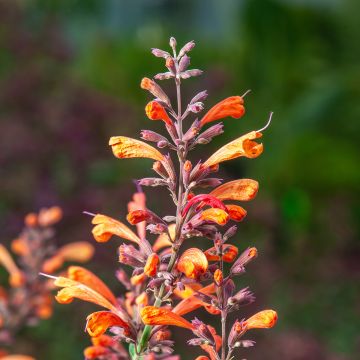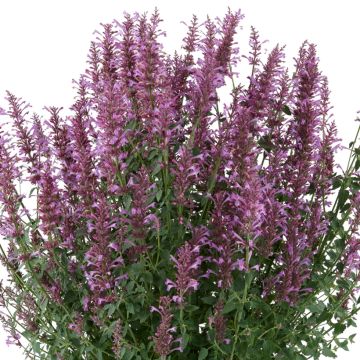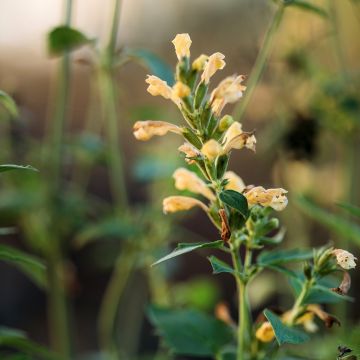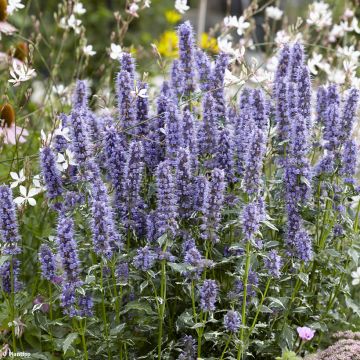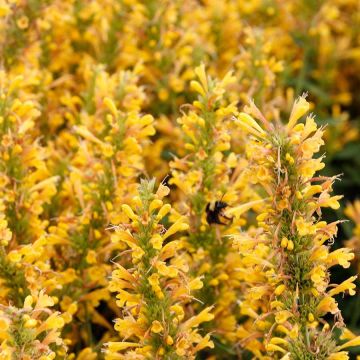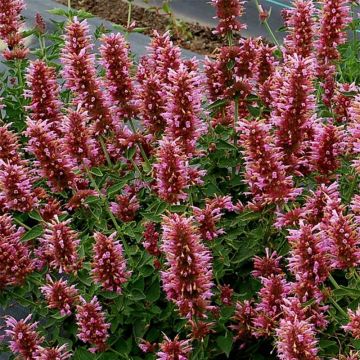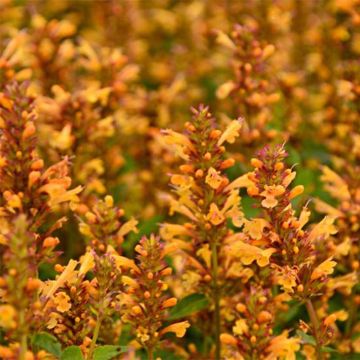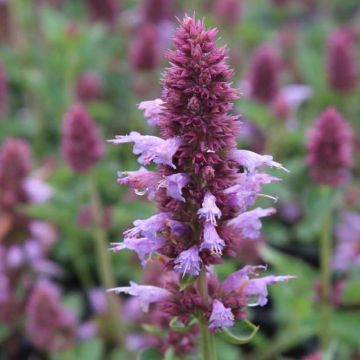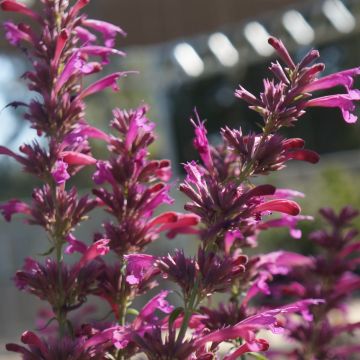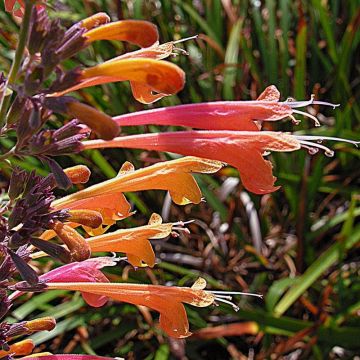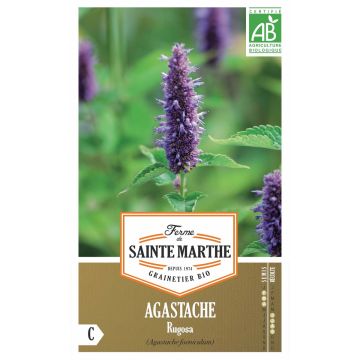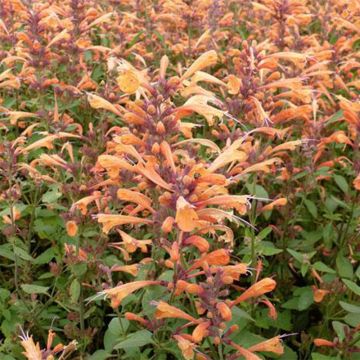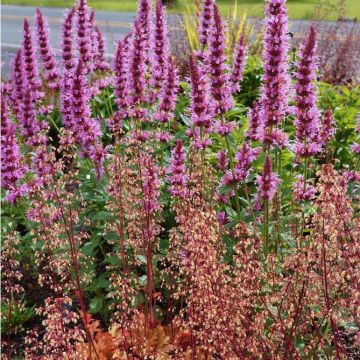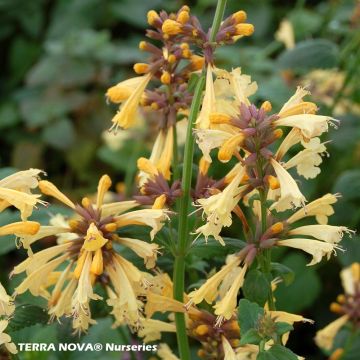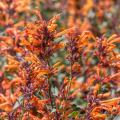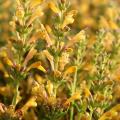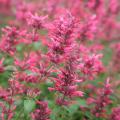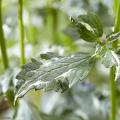Melliferous Agastache
Does this plant fit my garden? Set up your Plantfit profile →
Available in 2 sizes
Available in 1 sizes
Available in 1 sizes
Available in 1 sizes
Available in 2 sizes
Available in 1 sizes
Available in 2 sizes
Available in 1 sizes
Available in 1 sizes
Available in 1 sizes
Available in 1 sizes
Available in 1 sizes
Available in 1 sizes
Available in 1 sizes
Available in 1 sizes
Available in 1 sizes
Available in 1 sizes
Available in 1 sizes
Available in 1 sizes
Available in 1 sizes
Available in 1 sizes
Available in 1 sizes
Available in 2 sizes
Available in 1 sizes
Available in 1 sizes
Available in 1 sizes
Available in 1 sizes
Available in 1 sizes
Available in 1 sizes
Available in 1 sizes
A selection of melliferous Agastaches useful for bees. At the top of the list is Agastache foeniculum or anise hyssop and Agastache rugosa also known as Korean mint, two botanical species renowned for their aromatic foliage, as well as their nectariferous and melliferous flowering. They have given rise to several varieties such as 'Alabaster' with large white spikes or 'Black Adder', a compact variety with dark foliage and flowers. These perennials, often short-lived, belong to the same family as mint and sage. With their aromatic foliage, they offer a very long flowering period that spreads from June to the first frosts, much to the delight of pollinators and gardeners. The botanical species have green foliage and mauve to bluish-purple, white, and even shades of red to pink spikes, as seen in Agastache mexicana 'Red Fortune', for example. Agastache quickly forms a clump of leafy stems that can measure between 50 cm (20in) and 1.50 m (5ft) in height in the cultivar 'Serpentine', depending on the varieties.
Being water-loving in the south, melliferous Agastaches are more tolerant in northern regions, but excess moisture in winter can be fatal to them. Planted in a garden that leaves space for nature or simply in a summer border, they self-seed and offer a remarkable spectacle.
Haven't found what you were looking for?







































